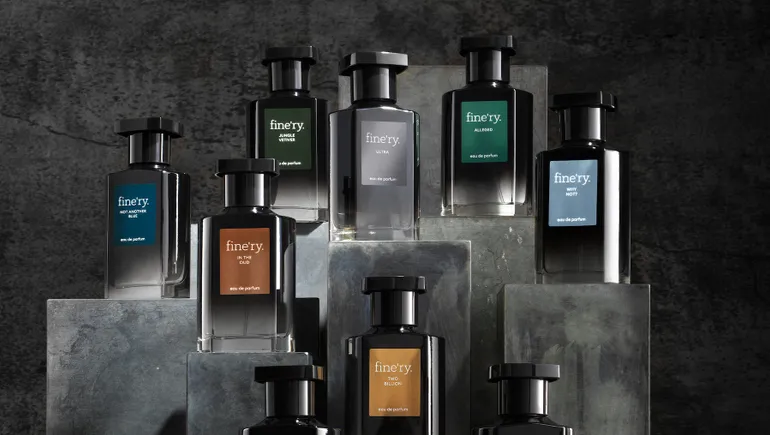
Say goodbye to five outdated music marketing strategies and get ready to level up in 2025. From ditching pre-saves to embracing smarter, more authentic ways to connect with fans, here’s how to stay ahead in the music industry.
Music Marketing Strategies To Stop In The New Year
by Sam Saideman from Forbes


Each year, music executives jump at the opportunity to share their predictions of where the industry is headed. These predictors write about specific trends and hit on some developing lanes, as well as take some big swings at things that don’t end up panning out at the level predicted (cough cough non-fungible tokens).
Being the co-founder of a talent management and marketing agency, I wanted to instead share a summary of what to stop. Here are the music marketing strategies to leave in 2024—and what you can do instead to position yourself for success in 2025.
1. Pre-Saves
I’m sure you hate me already, but I’ve found most people don’t care about pre-save posts, and asking them to pre-save your song on digital service providers is likely to be a waste of your time and energy. At the time of this writing, only artists with at least 5,000 active listeners can access Spotify’s in-app pre-save feature. For other artists, listeners need to give a third party the ability to read data and perform functions. This can make pre-saving a song hard to complete if fans must bounce from one platform to another or are forced to re-log into their Spotify account. Pre-saves also do not benefit you as much as an actual stream of your song on release day. In my experience, there is often a drop-off from pre-saves to an actual listen when the song comes out.
Instead: Promote the pre-release of a song or album with content that is of value to your audience. The actual benefit a pre-save provides is developing awareness for an upcoming release. Make them aware without asking your community to do something that doesn’t properly help you. For example, if your listeners are fans of your voice, showcase that through performance content. If your audience loves romance stories, share how the song relates to a romantic story. Anything that provides value to your audience and relates to the song works.
2. Trend Hopping
You’re better than that. Relating a trend to your community is one thing; exclusively doing social media trends because you can’t think of anything else to post is another. By partaking in this strategy as your sole use of short-form content, you confuse social algorithms as to who you are, resulting in the platforms not knowing where to deliver your content. I’ve seen people do this because they think it’s their best chance of “virality,” but by doing this, you actually harm your chances of building a true fanbase.
Instead: Try using TikTok and Instagram as remix platforms. Instead of a broad trend, find artists who are doing well on social and analyze their approach. Find ways you could apply similar strategies that are tailored to your music and audience.The video player is currently playing an ad. You can skip the ad in 5 sec with a mouse or keyboard.
3. Third-Party Playlisting
Gone are the days of true third-party playlisting. We used to run these campaigns for hundreds of artists but have found this approach is no longer viable. In 2017, there were a few agencies like us that had connections with independent curators of popular playlists and could pitch your music to them. Over time, some playlisters realized they had something in demand and started charging to get on the playlist. Because of this, playlist curation began to suffer, as they were adding anything they were paid to add. As curation went down, we saw streaming popularity on the playlists go down. In a panicked effort to continue charging, some curators began botting their lists to get streaming up.
This can result in a song having skewed data that is either not real or is not in line with who the artist’s fans are. That data can confuse music platforms’ algorithms and lead to you no longer being recommended to the correct listeners’ algorithmic playlists.
Instead: Run targeted ads on Meta, driving listeners to Spotify. These ads could promote your profile to drive follower growth, a song to push streams/saves or a self-curated playlist to push playlist growth and multi-song listening. In summary, focus on things you control.
4. Mystery Marketing
If you have no following, being mysterious means no one knows who you are or what you’re doing. It can work for major acts, as they have a fanbase waiting on them to announce things. In my experience, it doesn’t work if you have 500 Instagram followers and less than 1,000 streams of your songs. In this industry, if you’re out of sight, you’re out of mind. If you still believe there’s no place for you on social, then you just aren’t doing enough research.
Instead: Show potential fans who you are. You might not be overly “influencer.” That’s 100% fine. Most aren’t. Find ways to showcase who you are, what you believe in and what your music is about. You can do high-quality stylistic marketing with short-form content. Tommy Richman’s content around “Million Dollar Baby” is a good example of social that fits the sound and who he is.
5. Transactional Influencer Marketing
Throwing $5,000 dollars or more at influencer campaigns to promote a song with no traction is often wasteful. Campaigns work best when there is proof the song is translating. Post your own content and run your own ads before this. If that’s working, then consider adding fuel to the fire with creators. Having the first batch of a song’s posts be macro-creators is see-through.
Instead: I’m seeing a huge transition from transactional relationships to building unique collaborative efforts between both parties. Recently, we did a content house with a major label where influencers and artists shot content together around affinity interests. This style of collaborative marketing can build relationships that extend far beyond the pay-and-post model. Don’t be afraid to be unique and try things.
In my view, 2024 was a year of people digging in on the things that worked for them and stopping the things that didn’t. I believe we’re getting back to a place of smarter, not harder, as mental health becomes more destigmatized in an industry that is rampant with mental health issues. New conferences, such as jump.global’s annual summit, which focuses on mental health, personal identity and more, are helping with this.
I expect 2025 to be a year of deeper partnerships, experiential marketing and, ultimately, innovative ideas winning.
Follow me on LinkedIn, Instagram, and X. Check out my website.
Sam Saideman is the Co-Founder & CEO of Innovo, a multi-faceted management & marketing agency that services the music & creator economies. Read Sam Saideman’s full executive profile here.
link





